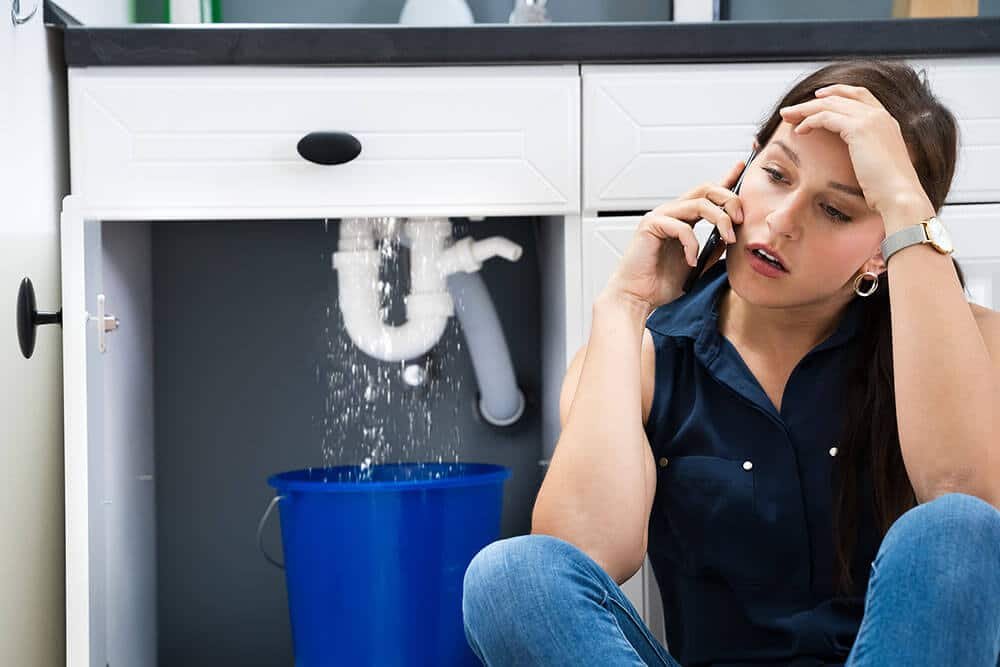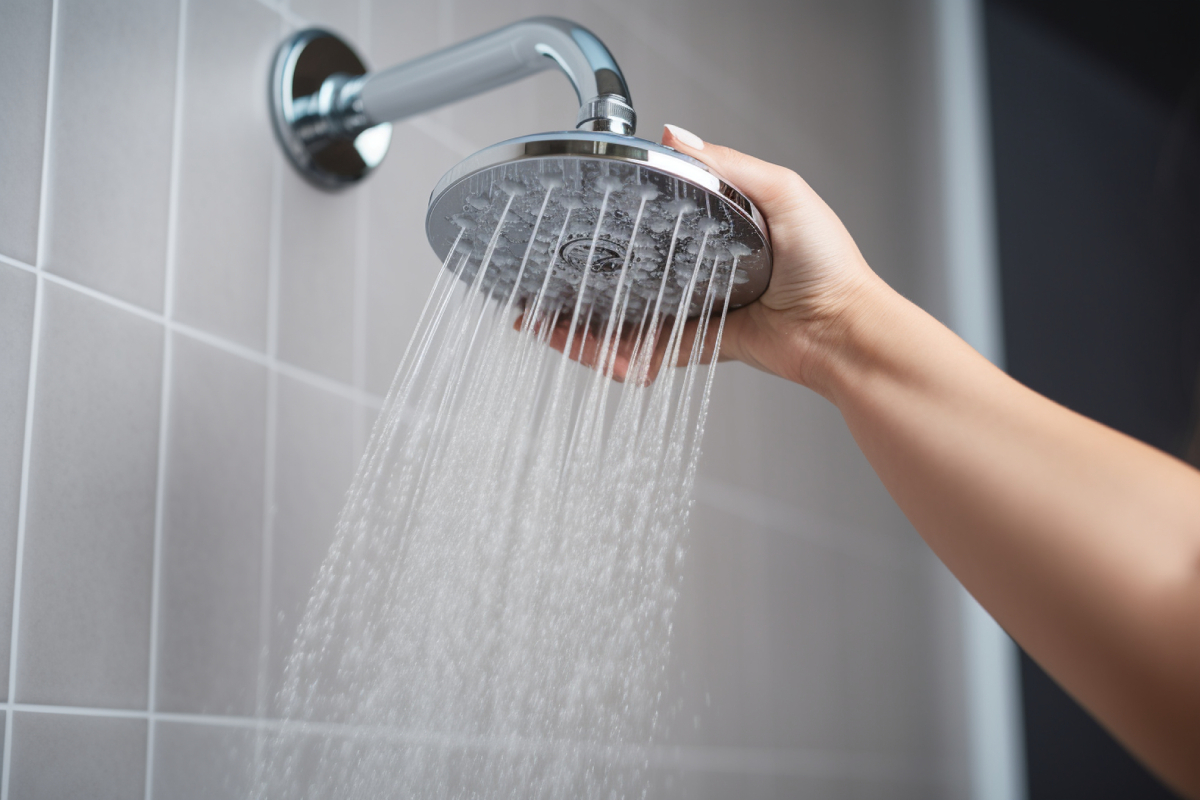Were you trying to find information and facts concerning Plumbing Basics Every Homeowner Should Know?

Plumbing is an essential element of any home, responsible for supplying clean water for drinking, cooking, and bathing, along with eliminating wastewater safely. Recognizing the essentials of home plumbing is crucial for every property owner to guarantee appropriate maintenance, troubleshooting, and, if needed, repair services. In this beginner's overview, we'll cover the essential ideas of home plumbing to help you become more acquainted with exactly how it functions.
Water System System
The supply of water system brings clean water into your home from a municipal water resource or an exclusive well. It includes a major water line that connects to your home's plumbing system, usually situated underground. A water meter determines the amount of water consumed, while a shut-off valve allows you to manage the flow of water into your home.
Plumbing Components
Plumbing components are gadgets that supply water to different parts of your home and include sinks, taps, toilets, showers, bathtubs, and home appliances such as dishwashers and cleaning equipments. Each fixture is linked to the water system via pipes and installations and might have its shut-off valve for upkeep or emergencies.
Water Heating Unit
The water heater is accountable for home heating water for residential use, including showering, cooking, and cleaning. Common sorts of hot water heater consist of tank-type water heaters, tankless (on-demand) water heaters, and heatpump hot water heater. The hot water heater is linked to the water supply system and supplies hot water to plumbing components as needed.
Drain System
The water drainage system removes wastewater from your home and lugs it away to a sewage treatment center or septic tank. It includes a network of pipes, installations, and components that transfer wastewater from plumbing fixtures to the major sewage system line or septic system. Correct drain is essential to prevent obstructions, backups, and sewage leaks.
Ventilation System
The ventilation system assists keep proper atmospheric pressure and avoid drain gases from entering your home. Vent pipes, likewise referred to as vent heaps, expand from plumbing components to the roofing, enabling drain gases to escape securely outside. Air flow pipes likewise enable air to go into the drainage system, facilitating smooth wastewater circulation and avoiding suction or vacuum cleaner effects.
Usual Plumbing Tools
Having the right devices handy is necessary for carrying out fundamental plumbing repairs and upkeep tasks. Usual plumbing devices include flexible wrenches, pipe wrenches, pliers, pipe cutters, hacksaws, plungers, augers (or drain snakes), and Teflon tape. Having these devices readily offered can help you take on minor plumbing problems efficiently.
Fundamental Plumbing Repairs
While some plumbing fixings may call for professional aid, lots of common concerns can be attended to with basic do it yourself techniques. Understanding exactly how to deal with a leaking tap, unclog a drainpipe, replace a toilet flapper, or repair a dripping showerhead can save you time and money on plumbing repair services.
Final thought
Comprehending the essentials of home plumbing is vital for each house owner to maintain a secure, useful, and effective plumbing system. By familiarizing yourself with the water system, plumbing components, drain system, air flow system, typical plumbing devices, and fundamental repairs, you can confidently address minor plumbing issues and guarantee your home's plumbing system operates efficiently.
Understanding Basics of Home Plumbing System: A Beginner's Guide
The Main Components of Your Home Plumbing System
The Water Supply System
This system is responsible for transporting fresh water into your home. It usually has a main water line that splits into two branches: one directed towards cold water services and the other connected to a water heater for hot water. The pressure is key here; it ensures water reaches all parts of your house.
The Drainage System
Once water has been used, it becomes wastewater that needs to be removed from your home. This is where the drainage system comes into play. It includes all the pipes that carry wastewater and sewage away from your house to sewage treatment facilities or septic tanks.
The Vent System
The vent system prevents sewer gases from entering your home and helps maintain the pressure balance that allows wastewater to flow out properly. These vents usually exit through the roof of your house.
Water Heating System
For those who enjoy hot showers or using hot water for cleaning, the water heater is a crucial part of the plumbing system. It can be a tankless system, which heats water on demand, or a traditional water tank model.
Common Plumbing Problems and Basic Troubleshooting
Plumbing systems, while designed to be durable, can face issues like clogged drains, leaky faucets, or low water pressure. Here are some basic troubleshooting tips:
Clogged Drains
Use a plunger or a plumber's snake to try and dislodge whatever is blocking the drain. Regular cleaning can prevent clogs.
Leaky Faucets
Often caused by worn-out washers or gaskets, these can usually be replaced by someone with basic DIY skills.
Low Water Pressure
This might be due to sediment build-up in your fixtures or a leak somewhere in your water line. Cleaning out aerators or seeking a professional to detect leaks might be necessary.
Preventive Maintenance Tips
Maintaining your plumbing system is key to avoiding emergencies. Regularly check for leaks, avoid disposing of grease down the sink, and have your system inspected by a professional plumber at least once a year.

I stumbled upon that blog post about Plumbing basics: How your home plumbing works when doing research the internet. Loved our post? Please quickly share it. Help another person find it. Thanks so much for going through it.
Get A Free Estimate